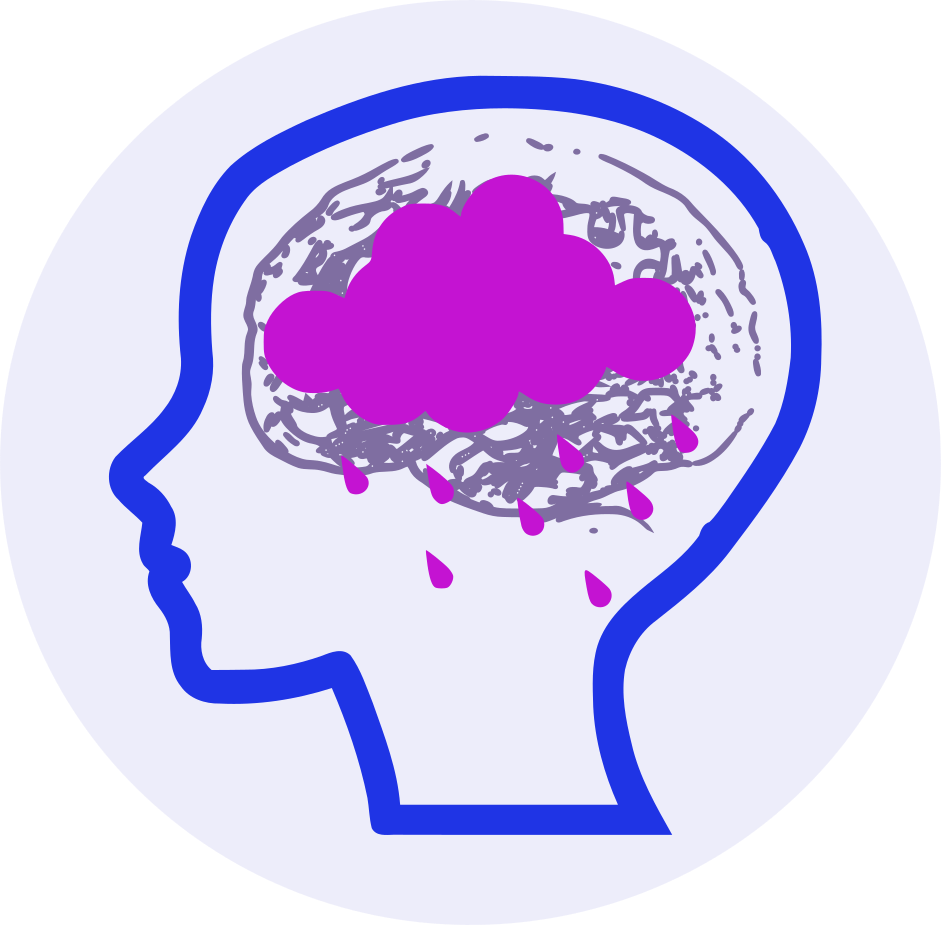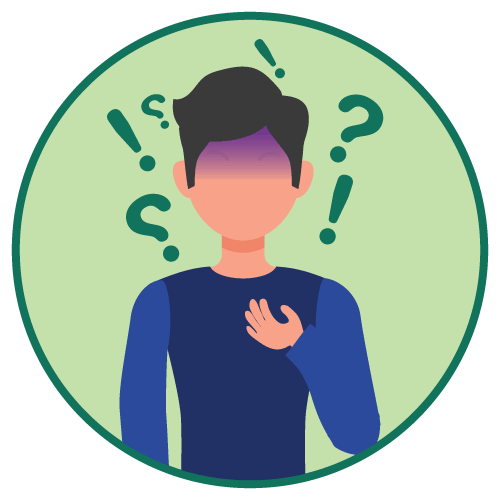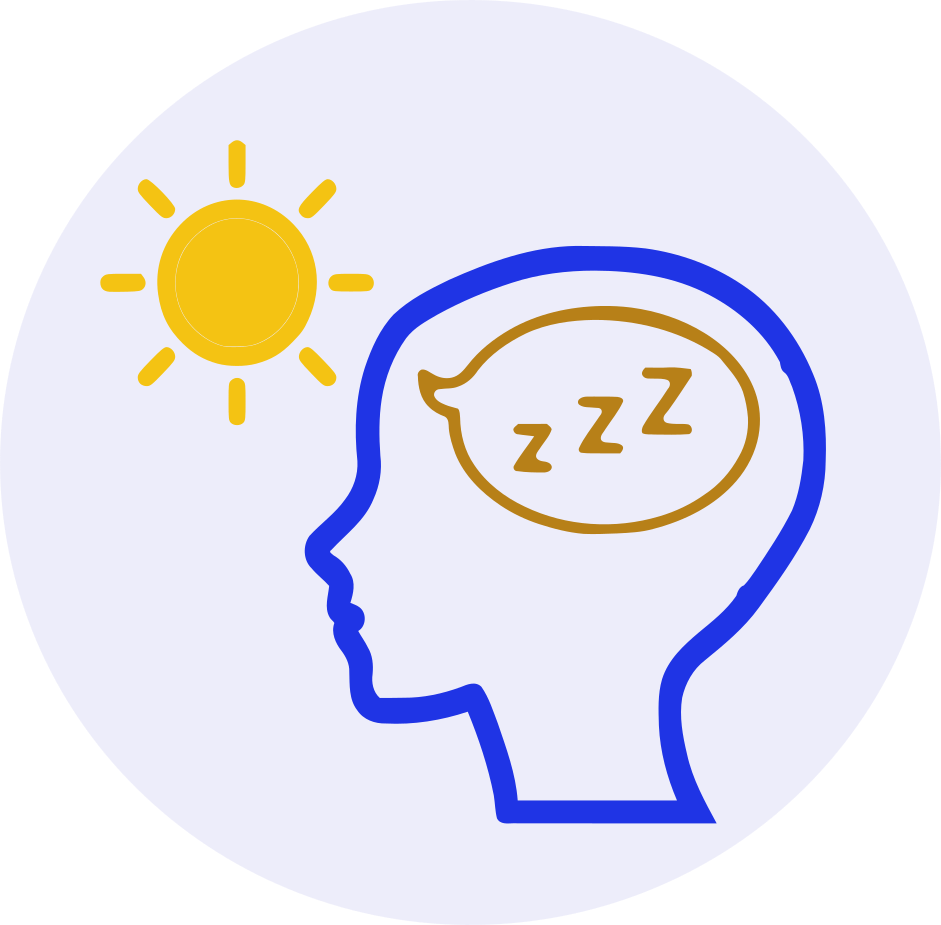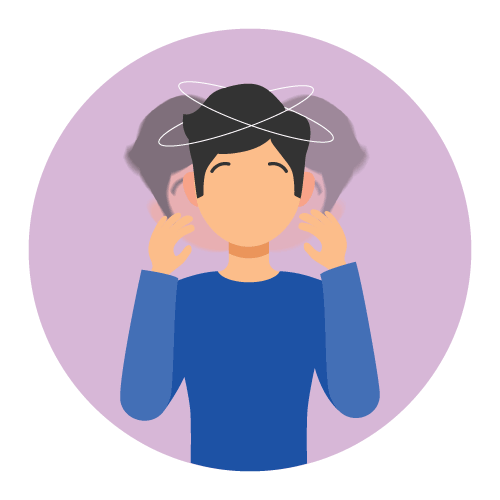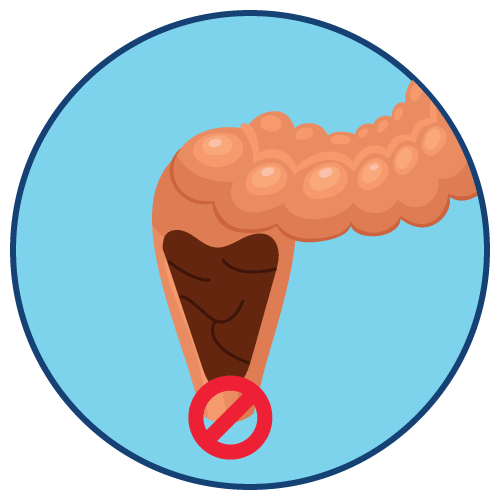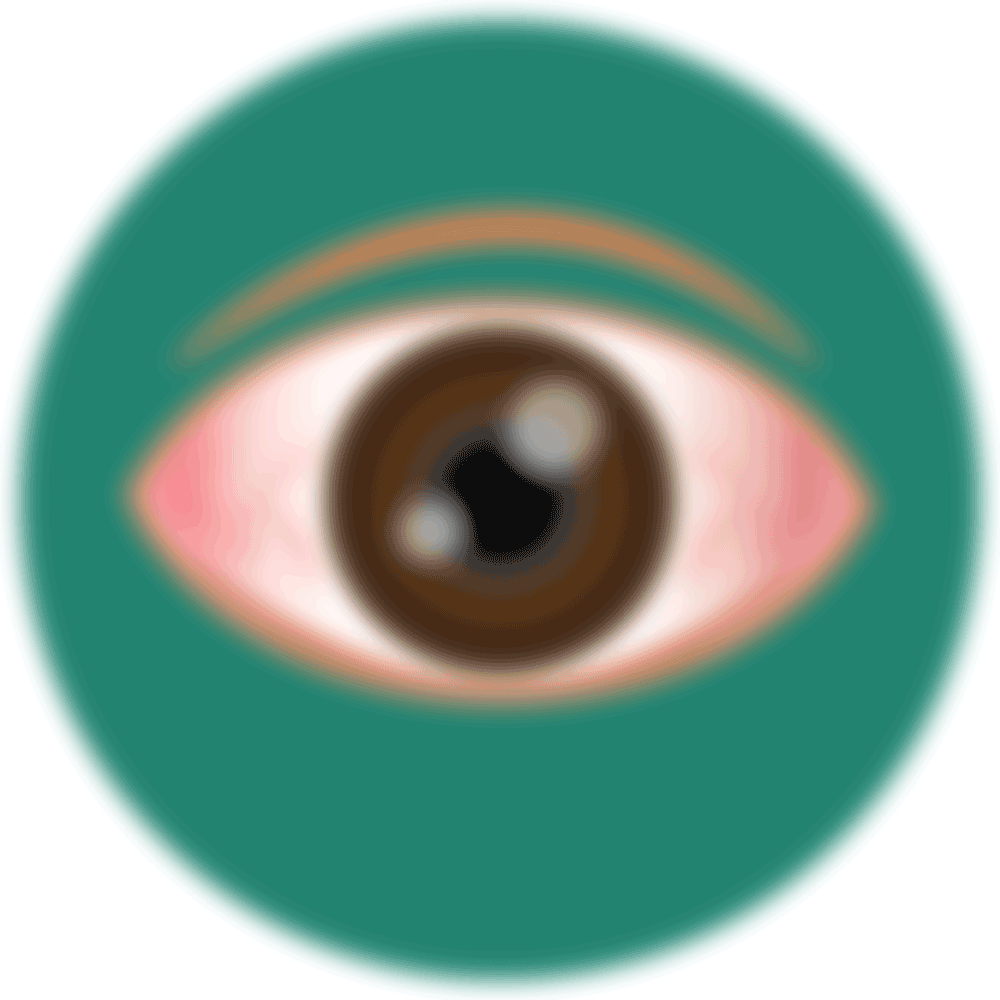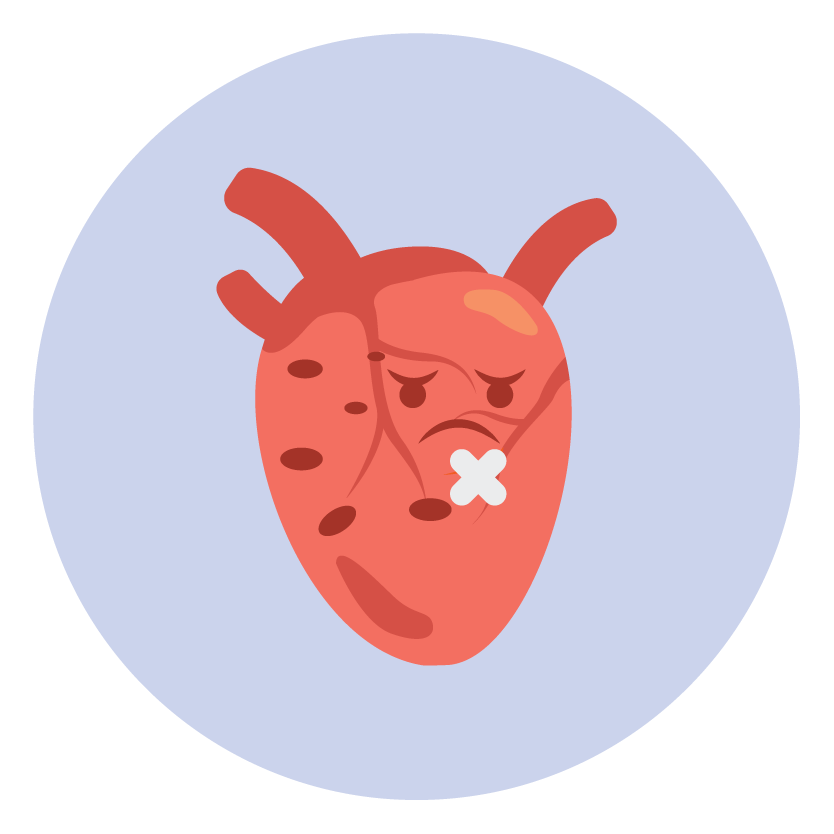| Name | Amitriptyline + Chlordiazepoxide |
| Classes |
Central Nervous System Agent Psychotherapeutic Agent Psychotherapeutic Combination |
| Diseases |
Anxiety Depression Mental Disorder |
Amitriptyline + Chlordiazepoxide
Amitriptyline + Chlordiazepoxide is a combination of an antidepressant (amitriptyline) and a benzodiazepine (chlordiazepoxide) that works by affecting certain chemicals in the brain that may be unbalanced. Amitriptyline is a tricyclic antidepressant that inhibits the reuptake of serotonin and norepinephrine in the central nervous system, thereby increasing the concentration of these neurotransmitters in the synaptic cleft. Chlordiazepoxide is a benzodiazepine that enhances the activity of gamma-aminobutyric acid (GABA), an inhibitory neurotransmitter that reduces anxiety and muscle spasms.
Amitriptyline + Chlordiazepoxide is indicated for the relief of symptoms of anxiety and depression associated with various mental and mood disorders.
- Amitriptyline + Chlordiazepoxide Tablets are available as blue, film-coated, biconvex tablets containing 5 mg chlordiazepoxide and 12.5 mg amitriptyline (as the hydrochloride salt)
- Amitriptyline + Chlordiazepoxide Tablets in an initial dosage of 3 or 4 tablets daily in divided doses may be satisfactory in patients who do not tolerate higher doses.
The most common adverse reactions associated with Amitriptyline + Chlordiazepoxide include:
- Drowsiness
- Dry mouth
- Dizziness
- Constipation
- Blurred vision
- Urinary retention
- Anorexia
- Sexual dysfunction
- Confusion
- Headache
- Nausea and vomiting
- Skin rash
Before initiating treatment with Amitriptyline + Chlordiazepoxide, the following warnings and precautions should be considered:
- Suicidal thoughts or behavior: This medication may increase the risk of suicidal thinking and behavior, especially in children, adolescents, and young adults.
- Serotonin syndrome: This medication may cause serotonin syndrome, a potentially life-threatening condition characterized by mental status changes, autonomic instability, neuromuscular abnormalities, and gastrointestinal symptoms.
- CNS depression: This medication may cause CNS depression, which can impair the ability to perform tasks that require mental alertness or physical coordination, such as driving or operating machinery.
- Respiratory depression: This medication may cause respiratory depression, especially in patients with compromised respiratory function or concurrent use of other CNS depressants.
- Anticholinergic effects: This medication may cause anticholinergic effects, such as dry mouth, blurred vision, constipation, and urinary retention.
- Interactions: This medication may interact with other drugs that affect the CNS, such as alcohol, sedatives, and opioids.
- Hyperpyretic crises, severe convulsions and deaths have occurred in patients receiving a tricyclic antidepressant and a monoamine oxidase inhibitor simultaneously. When it is desired to replace a monoamine oxidase inhibitor with Amitriptyline + Chlordiazepoxide, a minimum of 14 days should be allowed to elapse after the former is discontinued.
Contraindication
- Amitriptyline + Chlordiazepoxide is contraindicated in patients with hypersensitivity to either benzodiazepines or tricyclic antidepressants such as-
- It should not be given concomitantly with a monoamine oxidase inhibitor such as
None known.
This drug is contraindicated during the acute recovery phase following myocardial infarction.
 Bangla
Bangla English
English